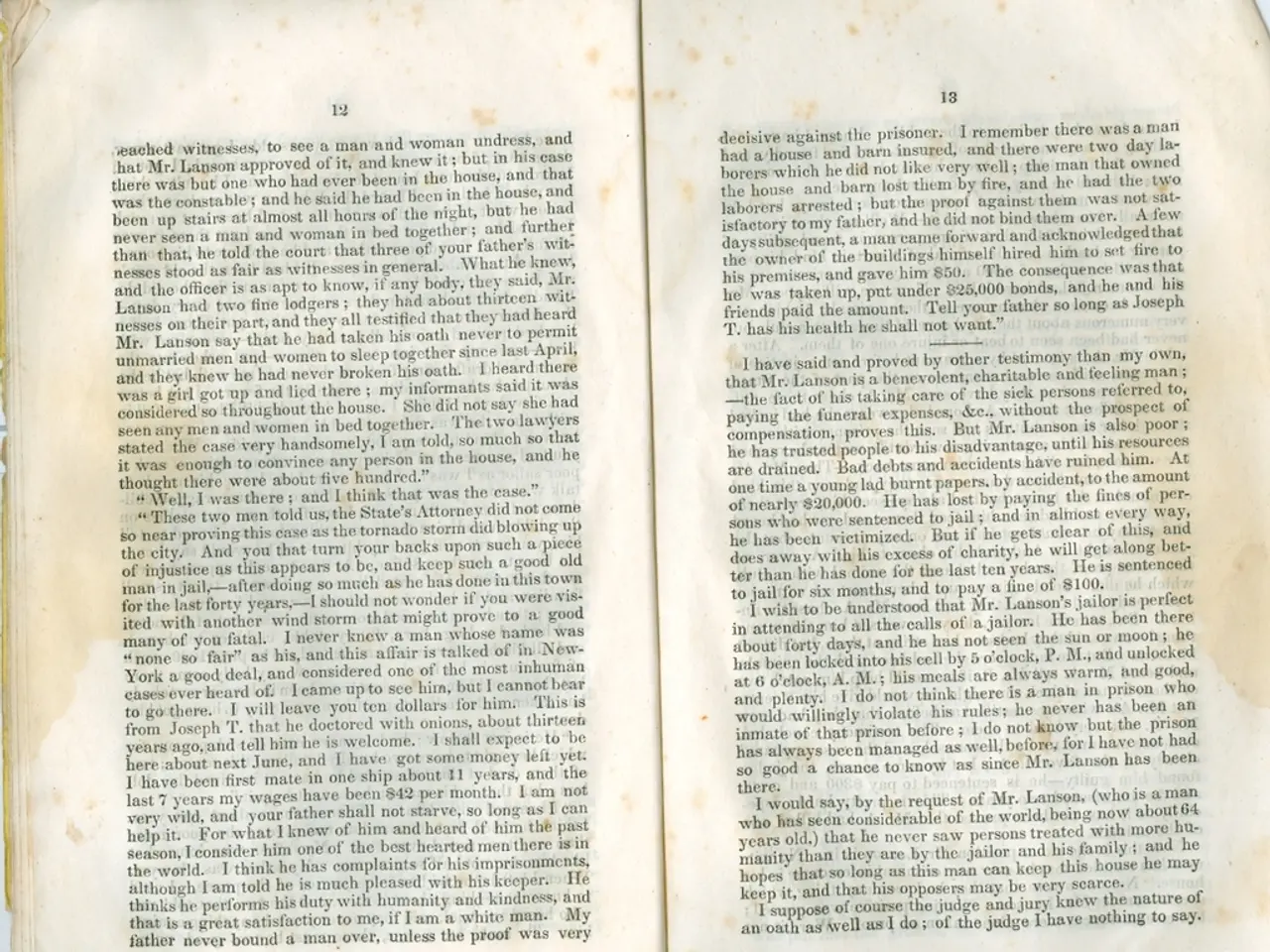The Importance of the Census: A Discussion
The Indian government has announced that the 16th decennial Census, scheduled for 2027, will include caste enumeration to provide up-to-date, comprehensive data on the caste composition of the population. This decision aims to inform more precise policy and reservation measures aimed at social justice and political representation.
Ensuring Representative Justice
With updated caste data, the government and states can rationally design quotas and reservations in legislatures, public employment, and education, ensuring proportional representation of marginalized groups. This move is a response to a longstanding demand for detailed caste data to enable better targeted representative justice.
Advancing Social Justice
A precise caste count can help craft targeted welfare schemes and monitor progress across different communities, thus addressing historical inequalities and socio-economic disparities more effectively. The focus is on groups such as Other Backward Classes (OBCs), Scheduled Castes (SCs), and Scheduled Tribes (STs).
Implications for India’s Federal System and Polity
The potential implications for India’s federal system and polity include:
- Improved representative justice: With updated caste data, inter-state negotiations for resource allocations and reservation policies can be based on empirical evidence rather than guesswork or outdated estimates.
- Enhanced social justice: A precise caste count can help craft targeted welfare schemes and monitor progress across different communities, thus addressing historical inequalities and socio-economic disparities more effectively.
- Federal bargaining: Reliable caste data can influence power dynamics between the Union and states, as states with different caste configurations may negotiate resource allocations and reservation policies based on empirical evidence.
Overcoming Challenges
While caste enumeration has the potential to drive data-driven political and social reforms aimed at strengthening inclusive representation and social equity, it also opens debates about reinforcing caste identities versus moving beyond caste-based divisions, and the bureaucratic challenges involved given historical resistance to caste data collection in censuses.
Digital Approach to the Census
To address data-localisation and privacy concerns, the Census will host the census cloud within the National Informatics Centre and certify the app through CERT-In. The digital Census will also use a mobile app, 16 languages, and an optional self-enumeration portal. For the first time since 1931, caste will be enumerated alongside a fully digital data-collection exercise.
Security Measures
To ensure data security, a Cyber-Security Sandbox will be mandated, including CERT-In-certified penetration tests and real-time endpoint monitoring. Legal safeguards will also be updated to criminalize AI-driven re-identification of anonymized data.
Pilot and Scaling
The Census will pilot the mobile app in 50 districts with mixed connectivity before scaling nationwide. The digital Census is expected to compress the data processing time from enumeration to final tables to approximately 18 months.
Other Initiatives
The Census aims to provide evidence for welfare after Direct Benefit Transfer expansion. The government also aims to mainstream census outputs into flagship missions like Jal Jeevan and Swachh Bharat through geospatial integration. A Delimitation Consensus Forum will be convened to design a hybrid formula for seat allocation.
The 2027 caste enumeration is intended to enable data-driven political and social reforms aimed at strengthening inclusive representation and social equity in India’s plural and federal polity, while also shaping intergovernmental negotiations based on demographic realities.
[1] Government of India. (n.d.). Census of India. Retrieved from https://censusindia.gov.in/
[2] Government of India. (n.d.). Ministry of Social Justice and Empowerment. Retrieved from https://www.mjp.gov.in/
[3] Government of India. (n.d.). Ministry of Women and Child Development. Retrieved from https://wcd.gov.in/
[4] Government of India. (n.d.). Ministry of Electronics and Information Technology. Retrieved from https://www.meity.gov.in/
[5] Government of India. (n.d.). Ministry of Home Affairs. Retrieved from https://mha.gov.in/
- To ensure efficient policy-making on caste-based reservations and quotas in various sectors, the Indian government is embracing data-and-cloud-computing technology for the digital Census of 2027, employing a mobile app and a Cyber-Security Sandbox for data security.
- The Indian government's comprehensive approach to the 2027 Census encompasses not only caste enumeration but also environmental concerns, with the aim of mainstreaming census outputs into flagship initiatives like Jal Jeevan and Swachh Bharat through geospatial integration.
- The 2027 Census strategy will include the use of diverse technology, economy considerations, and environmental focus, aiming to shape the country's economic and political landscape while promoting social justice and environmental sustainability.




